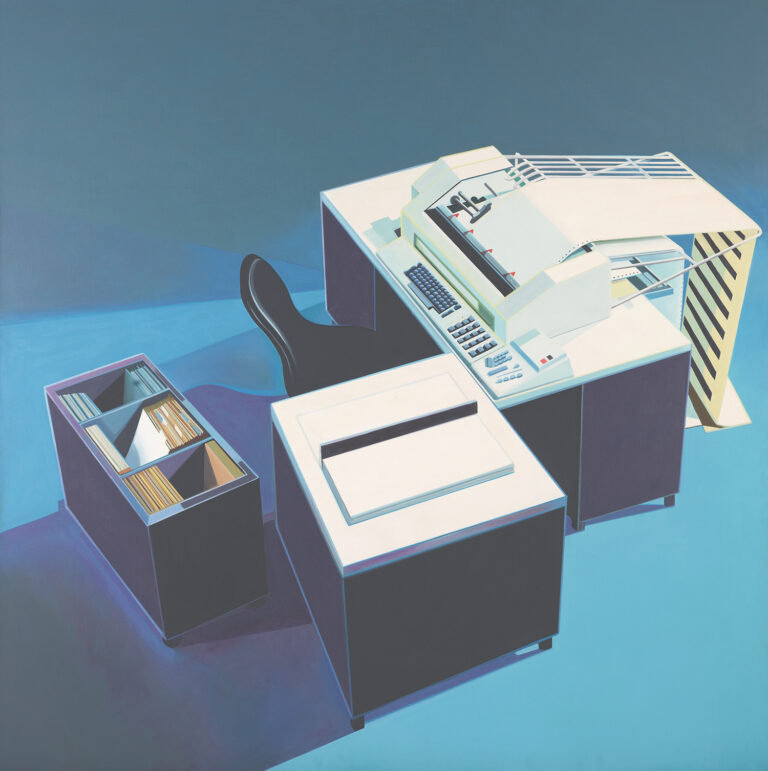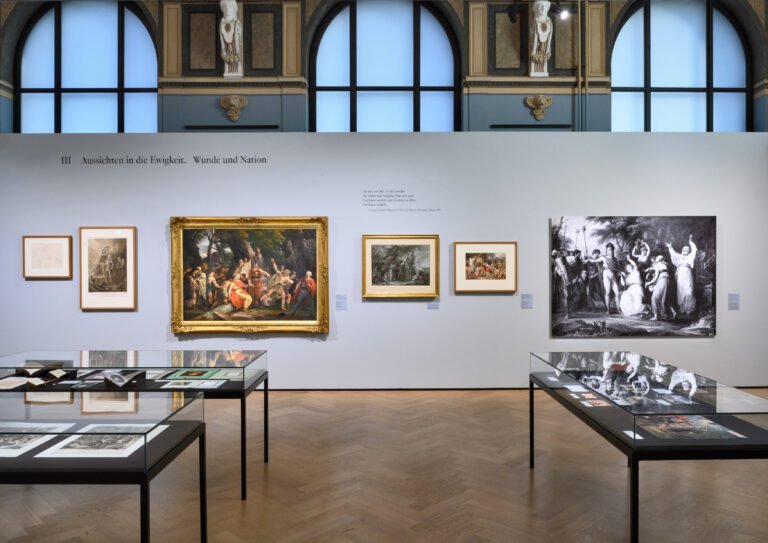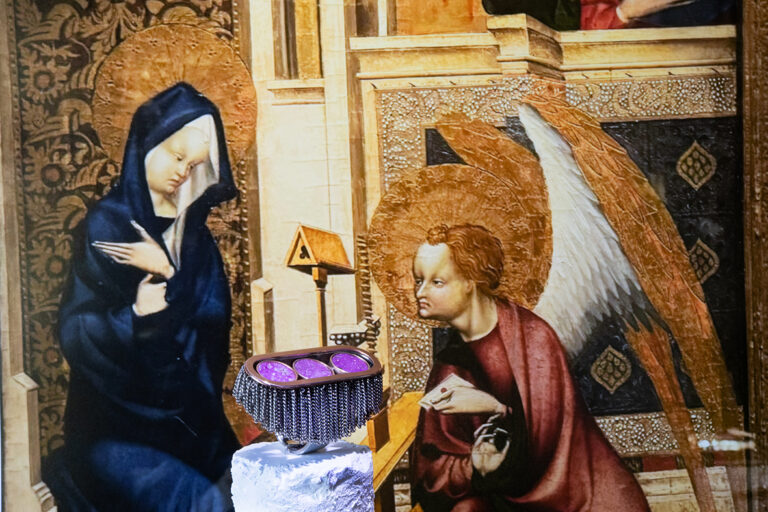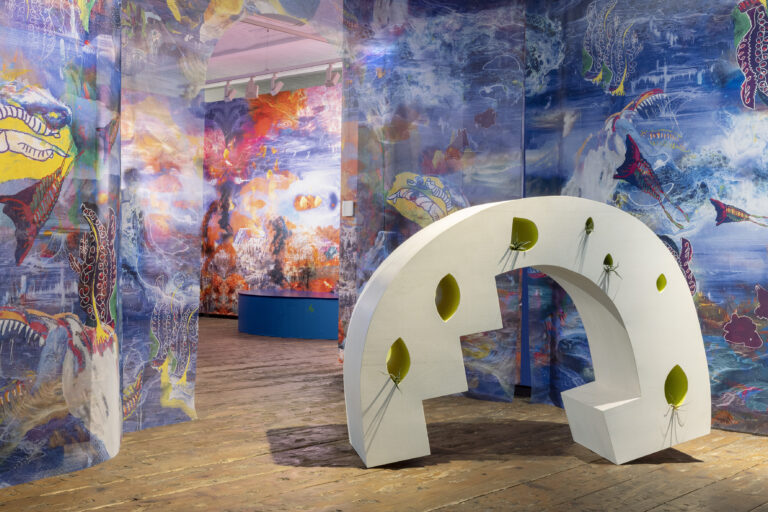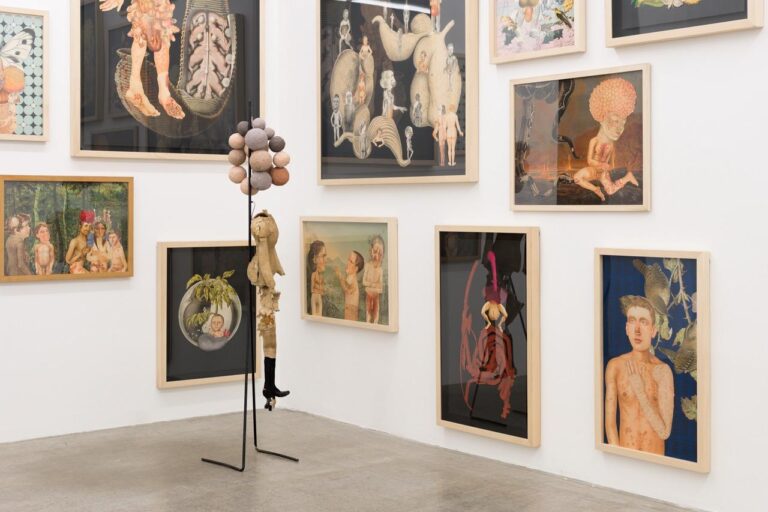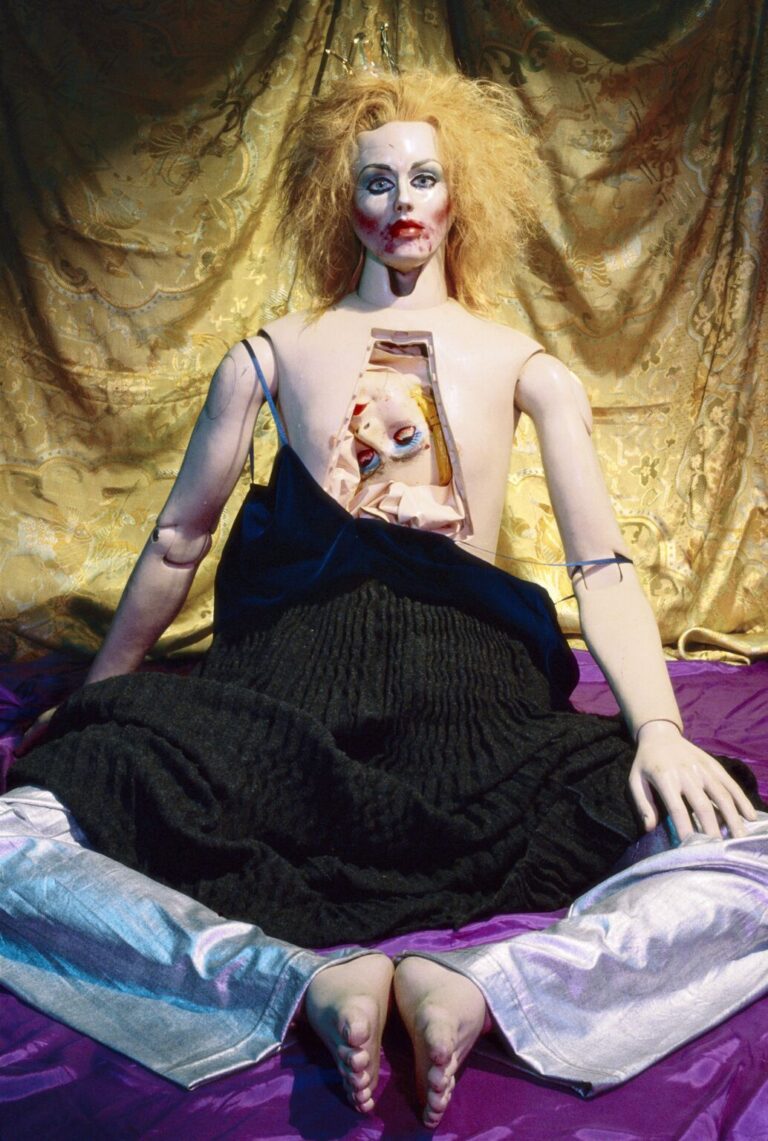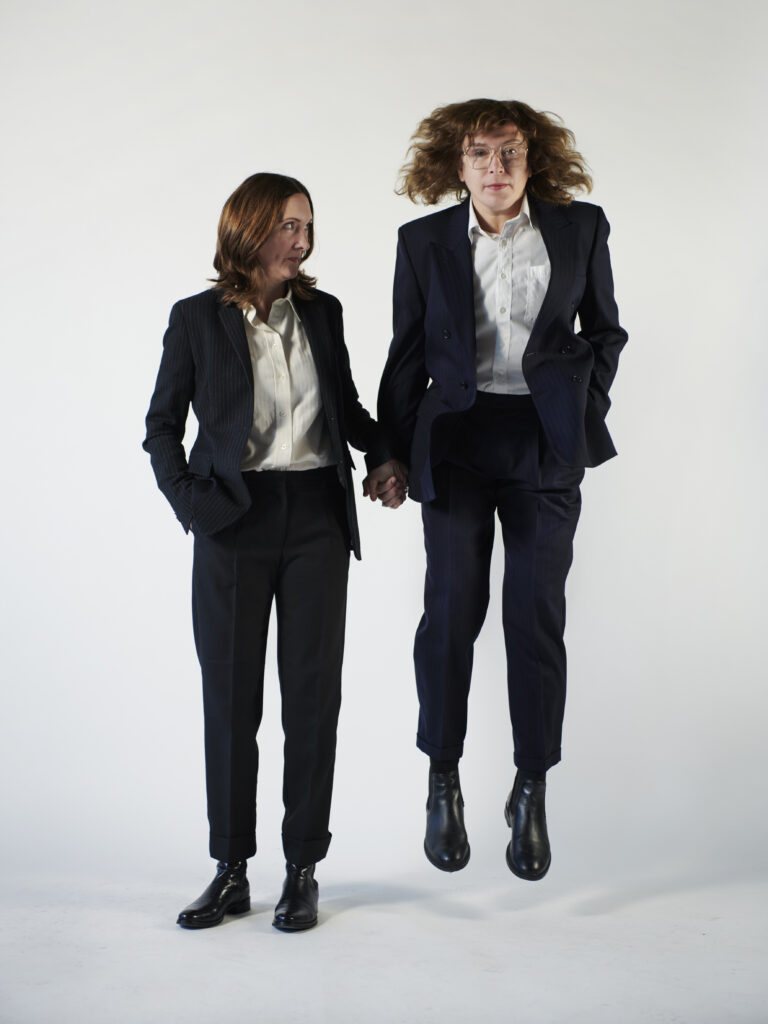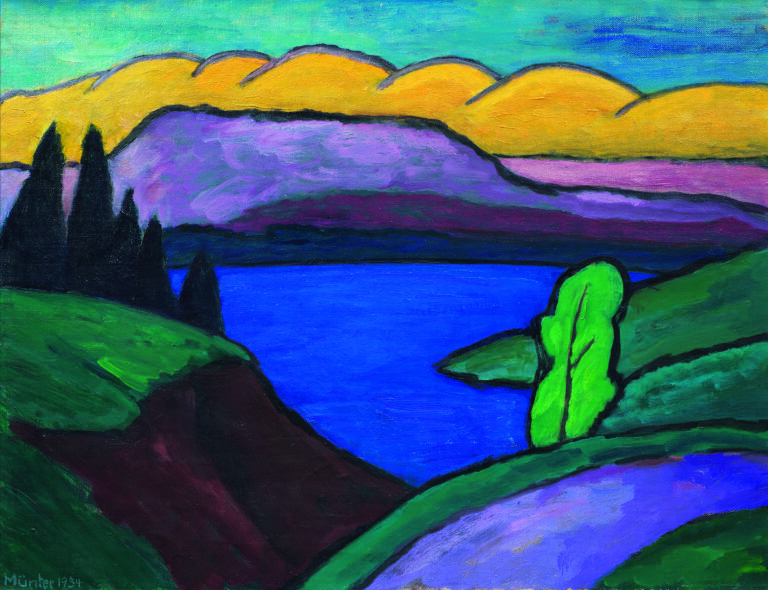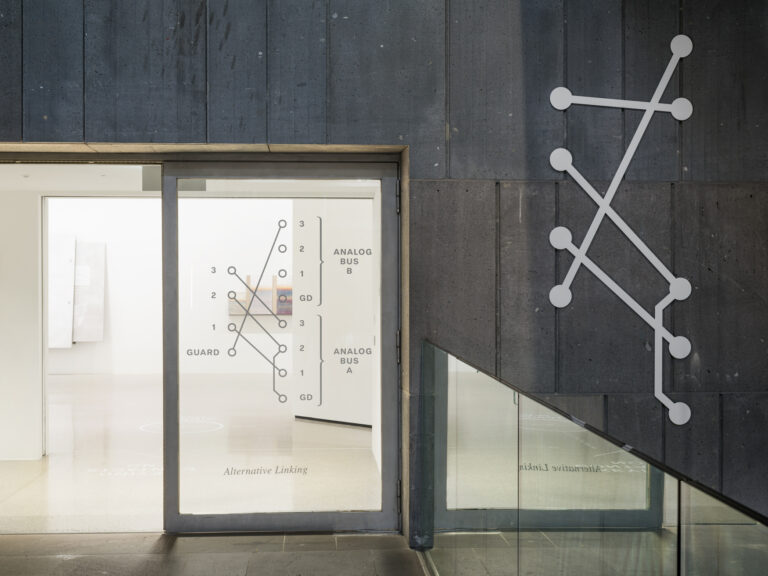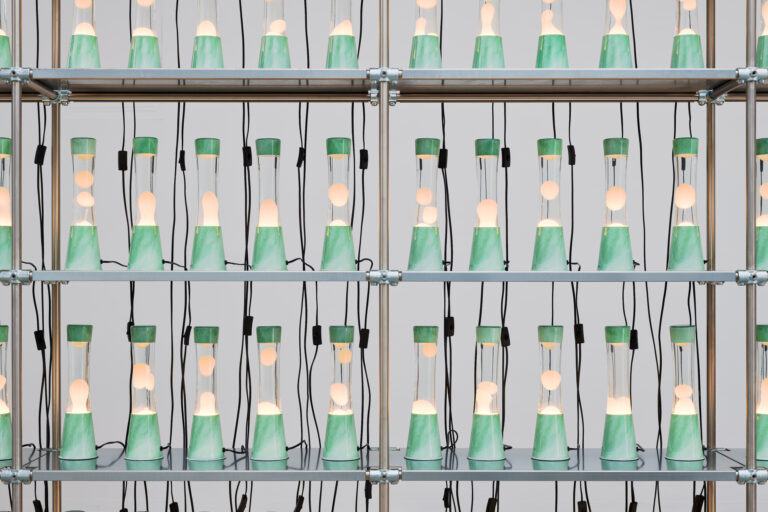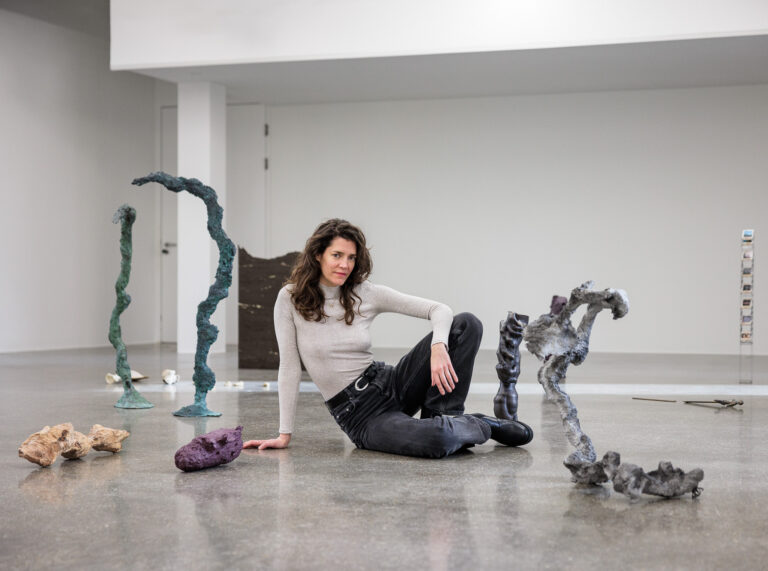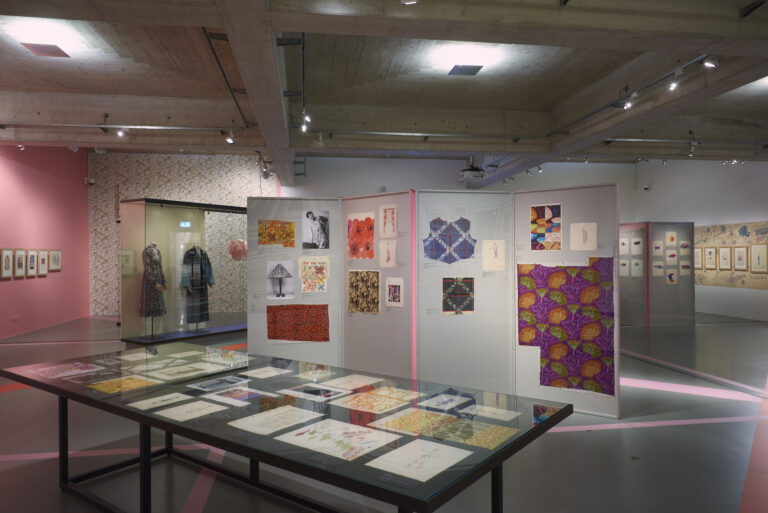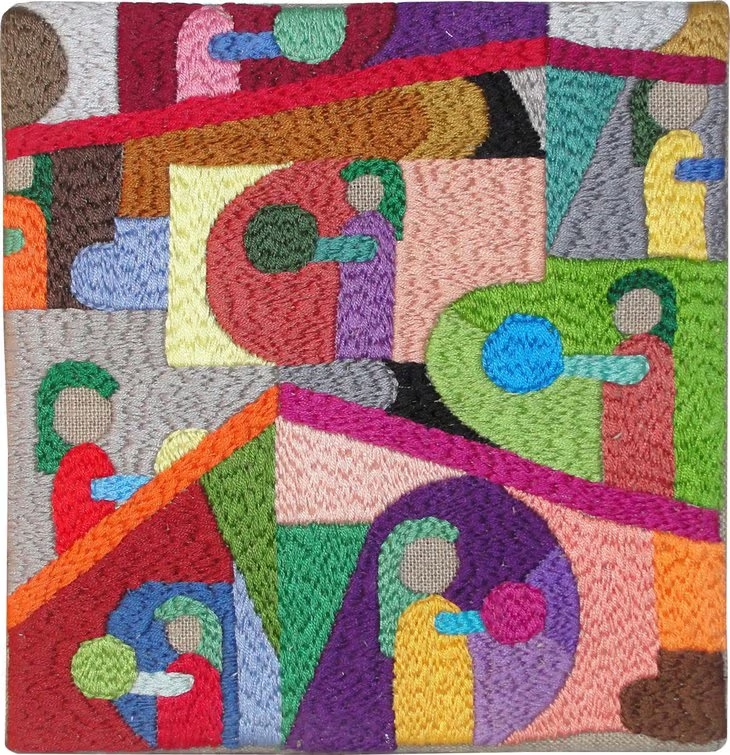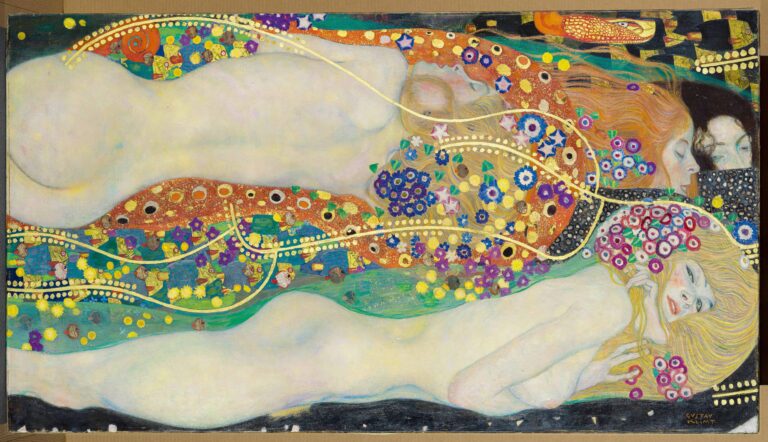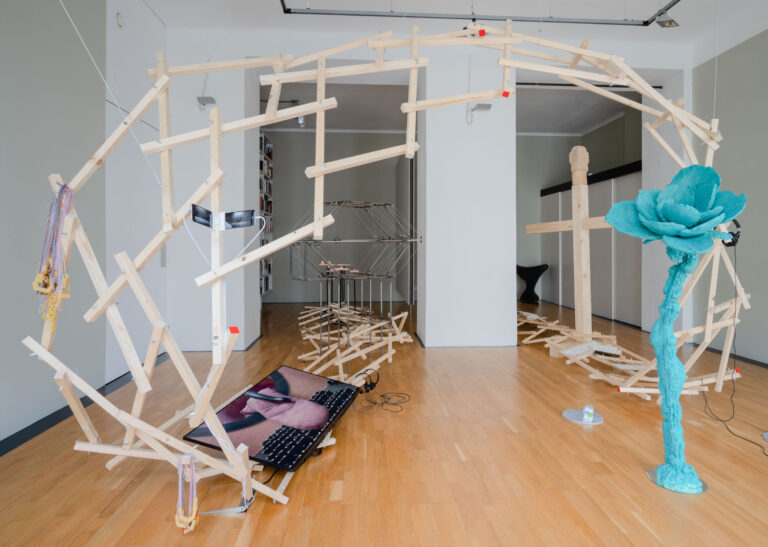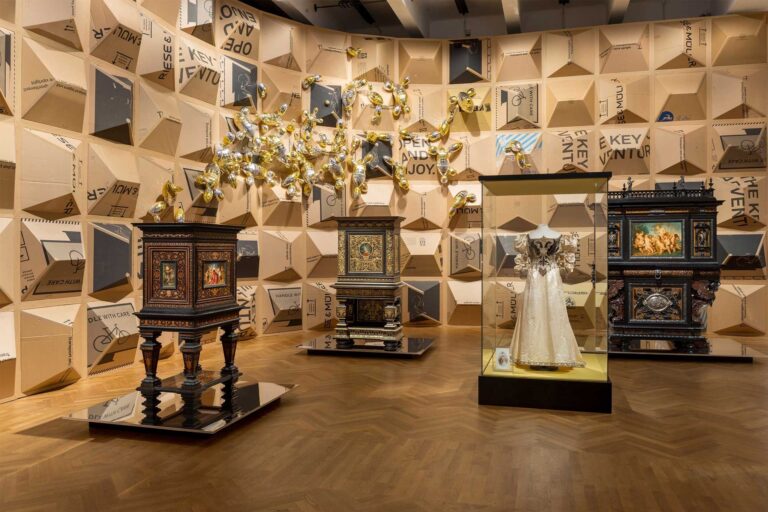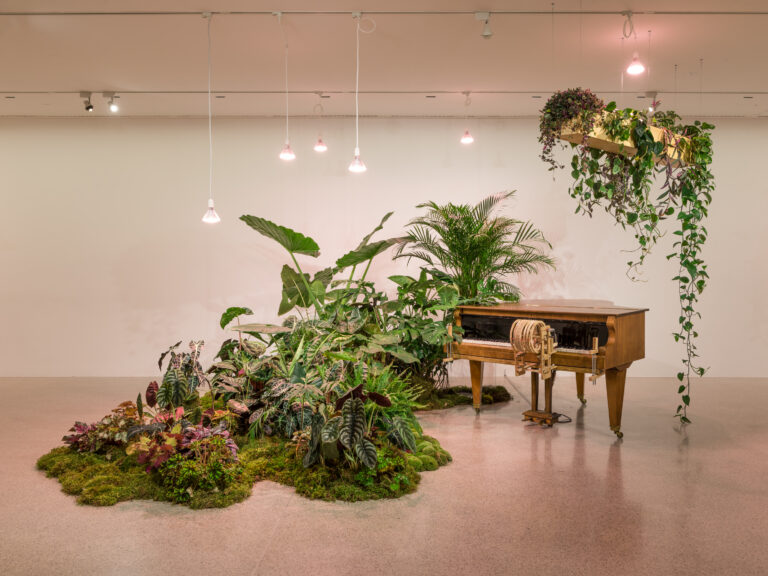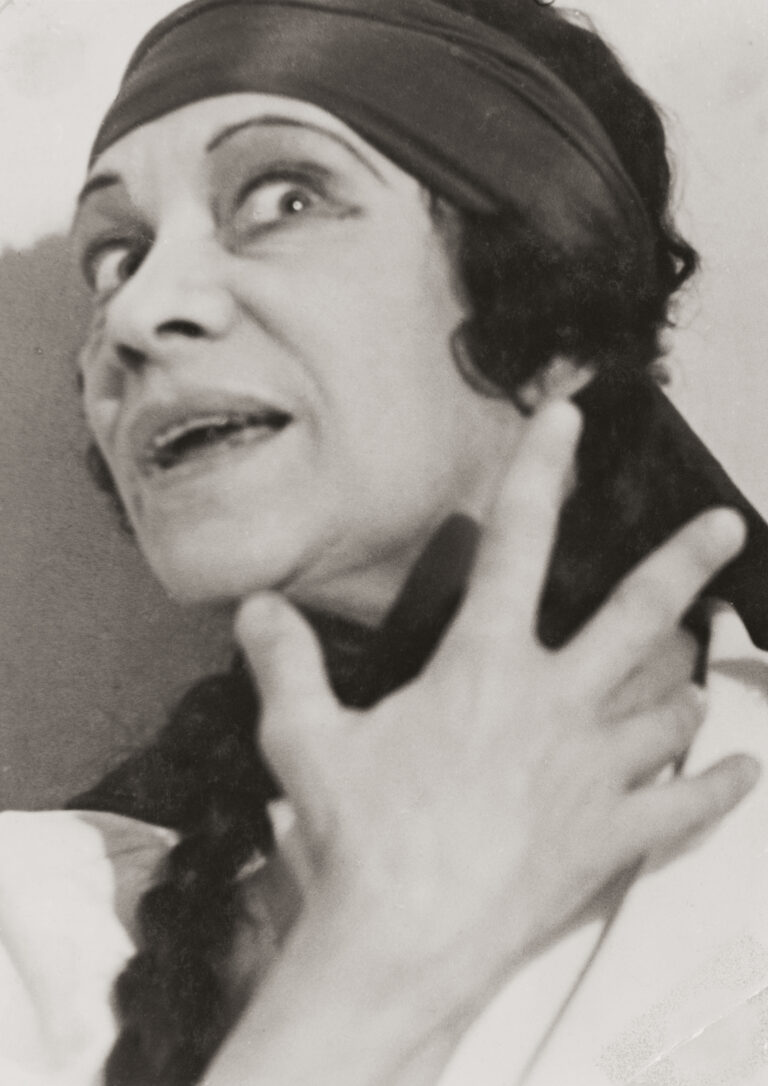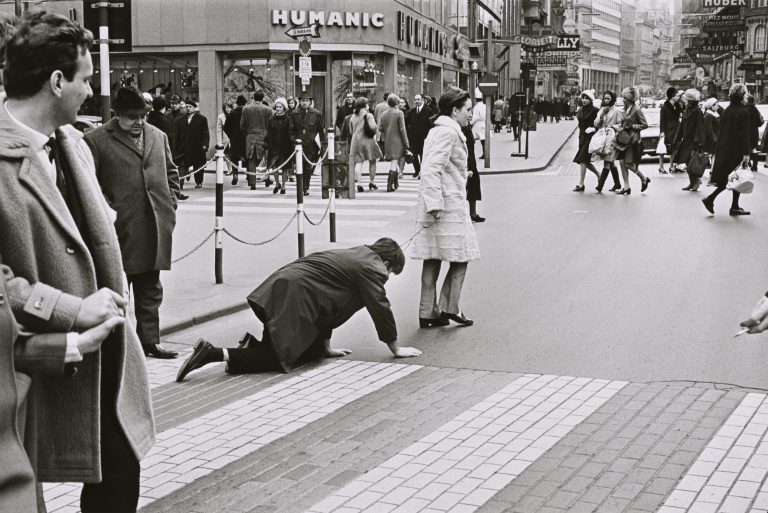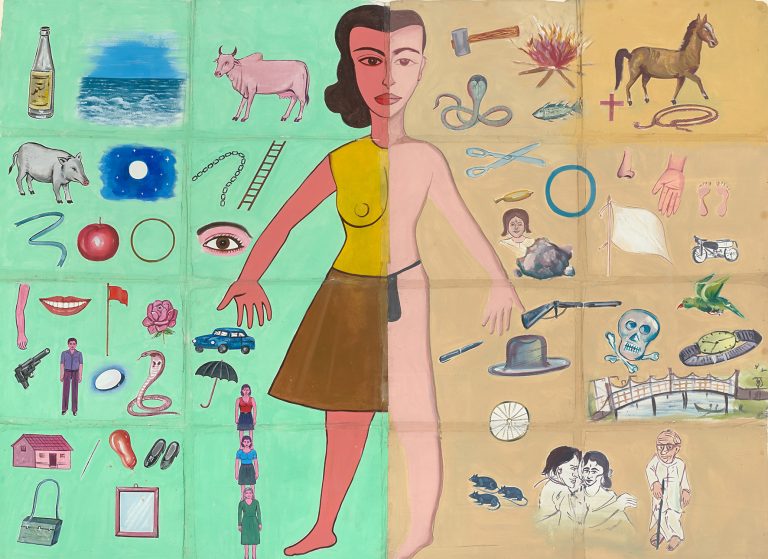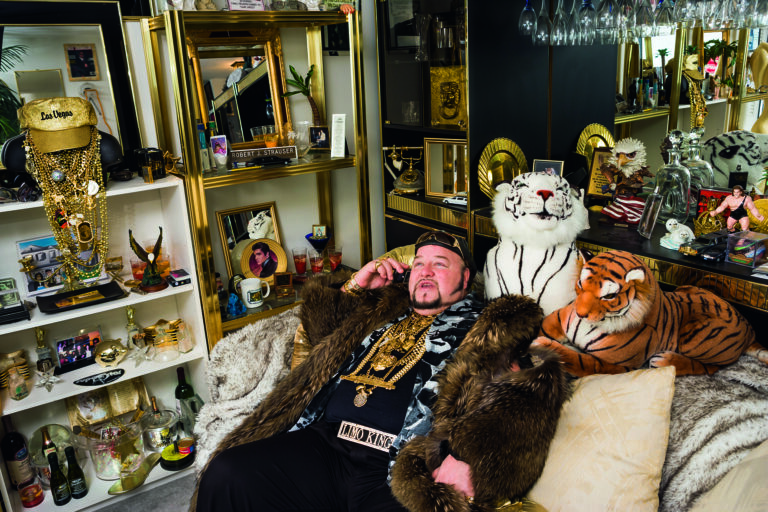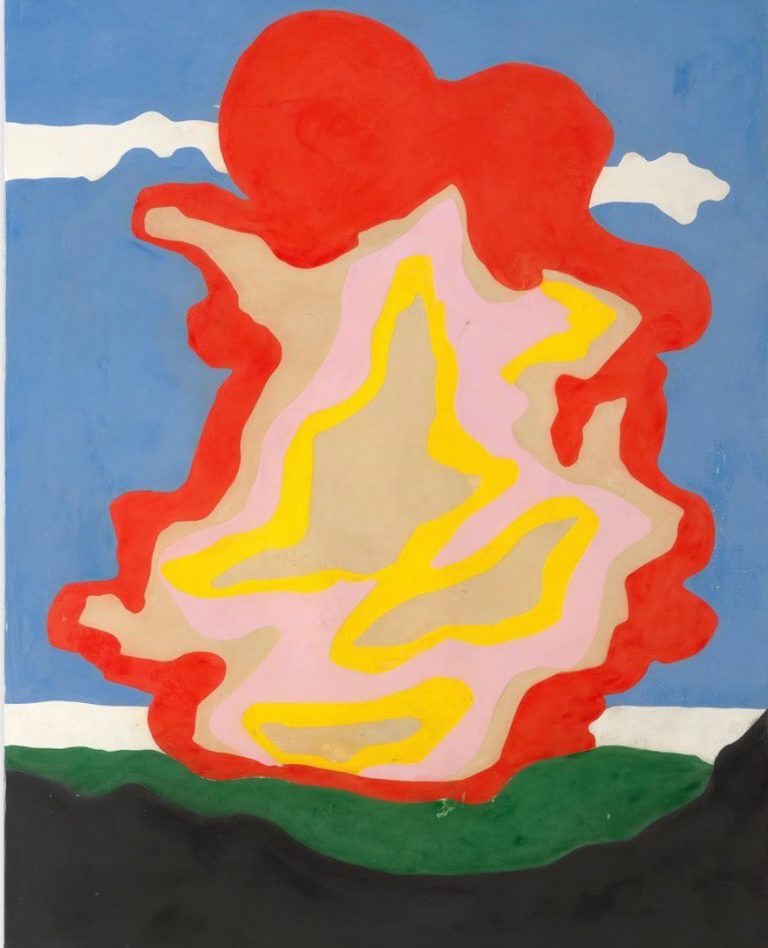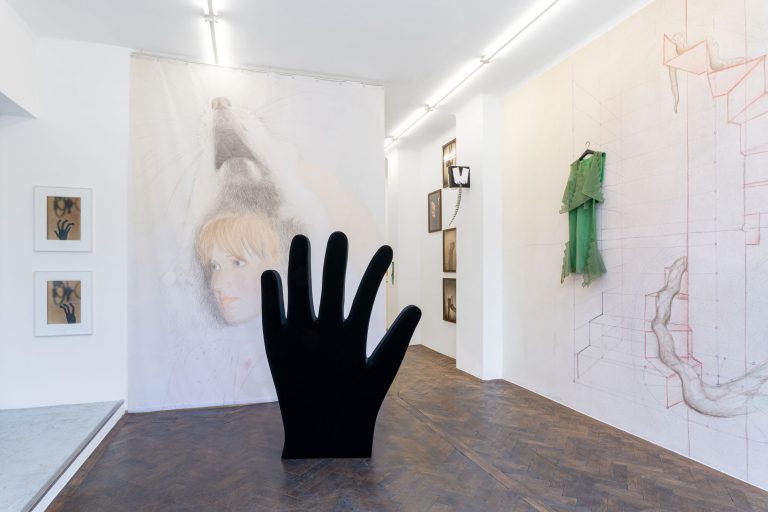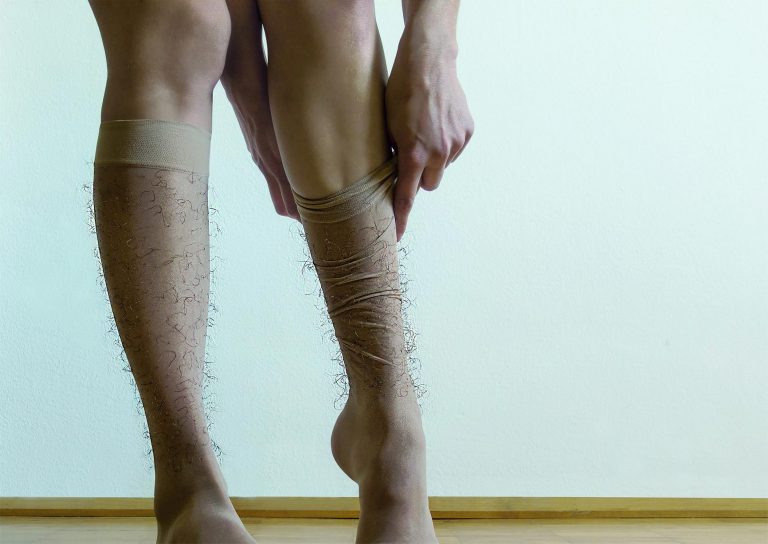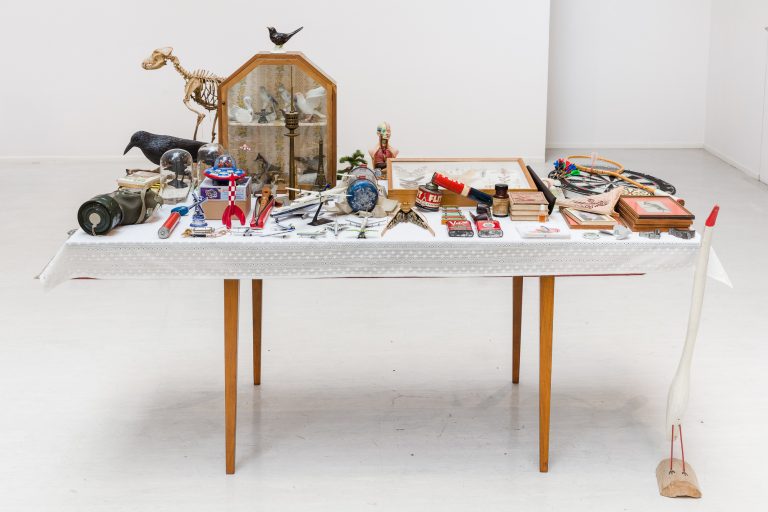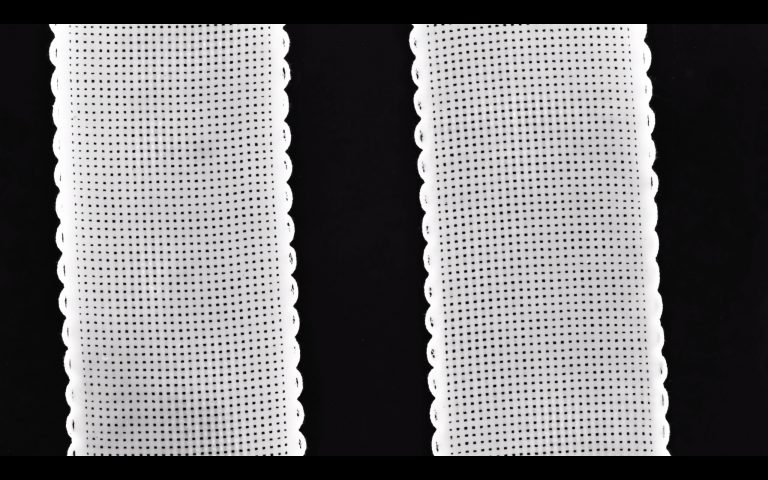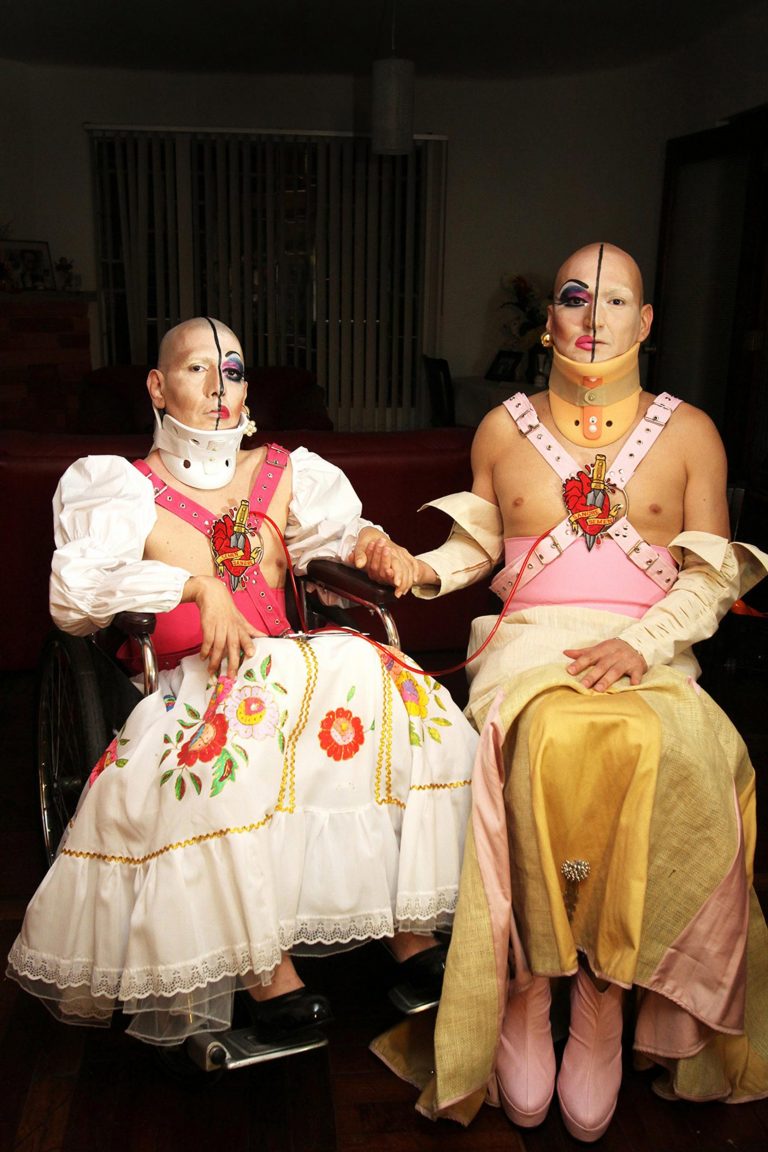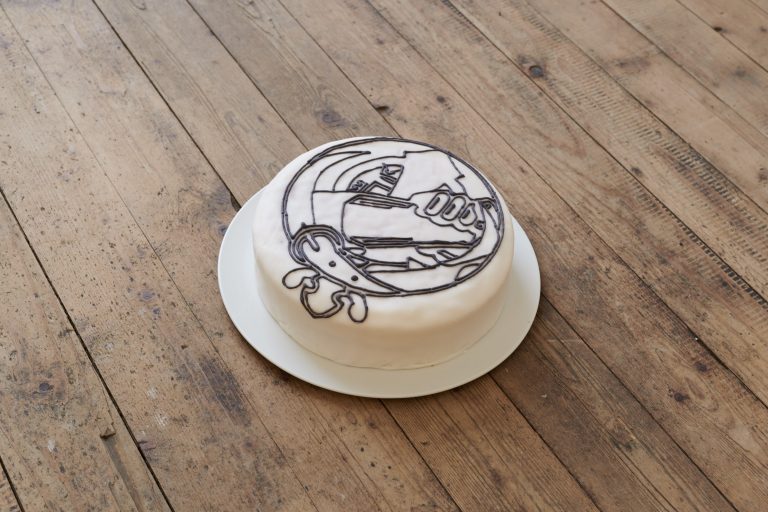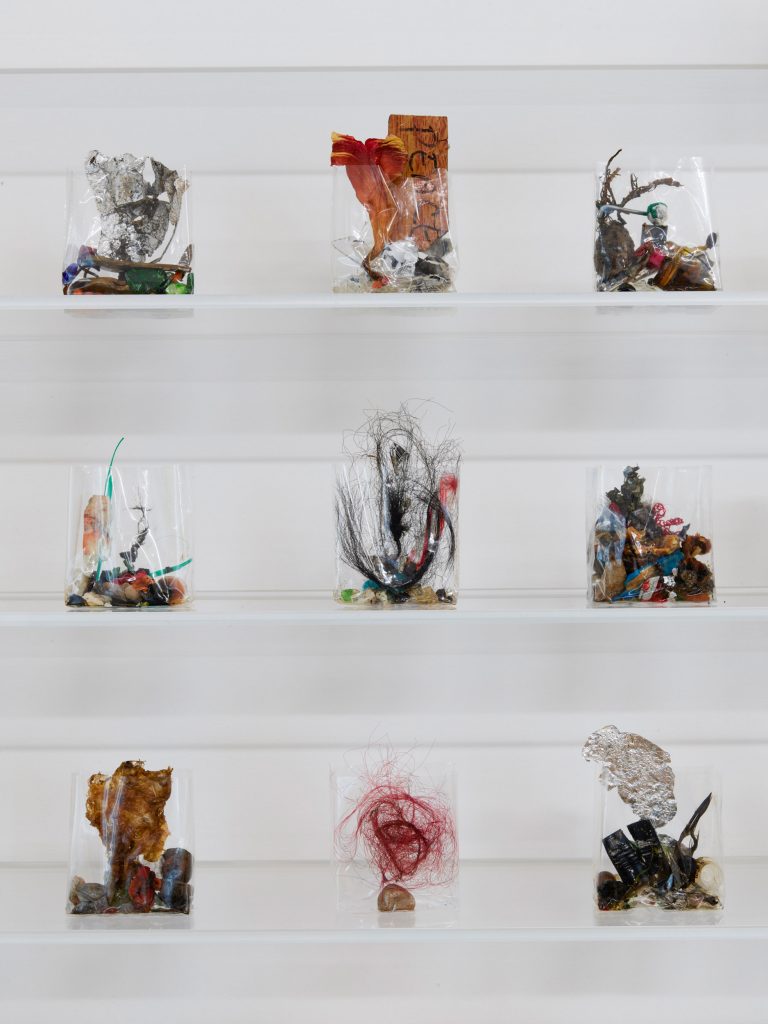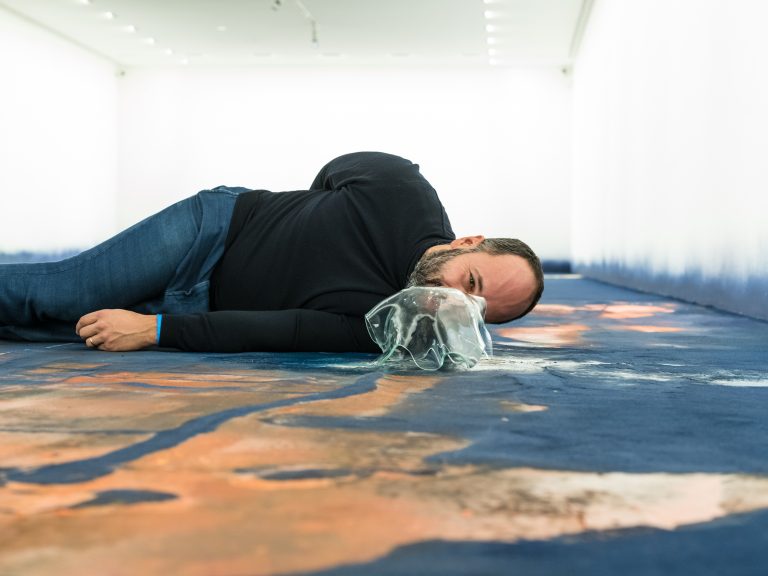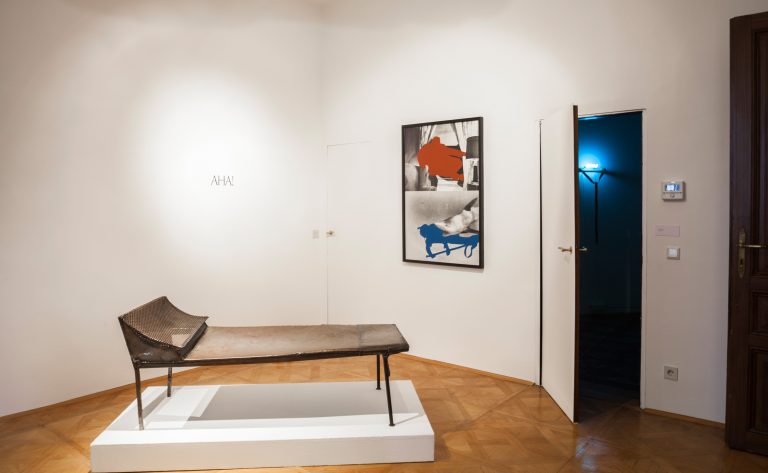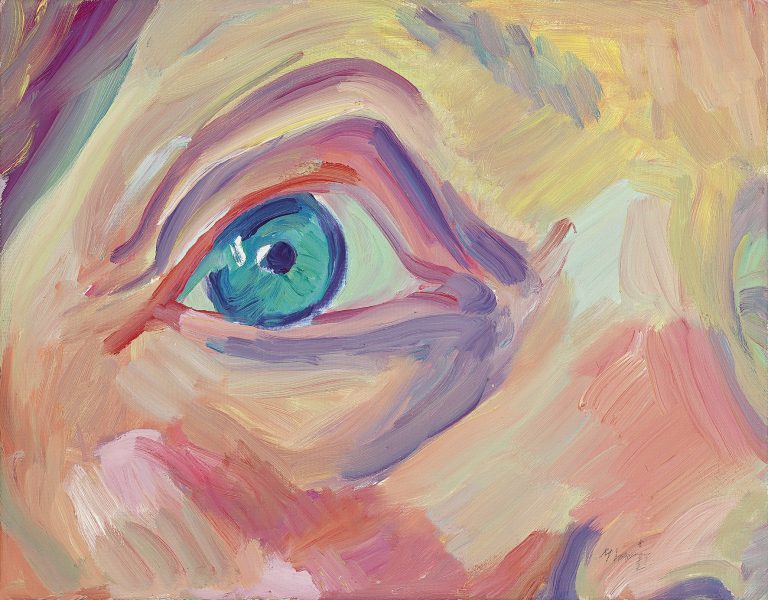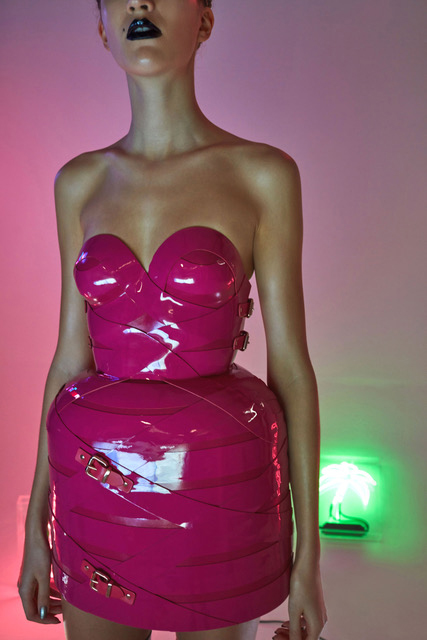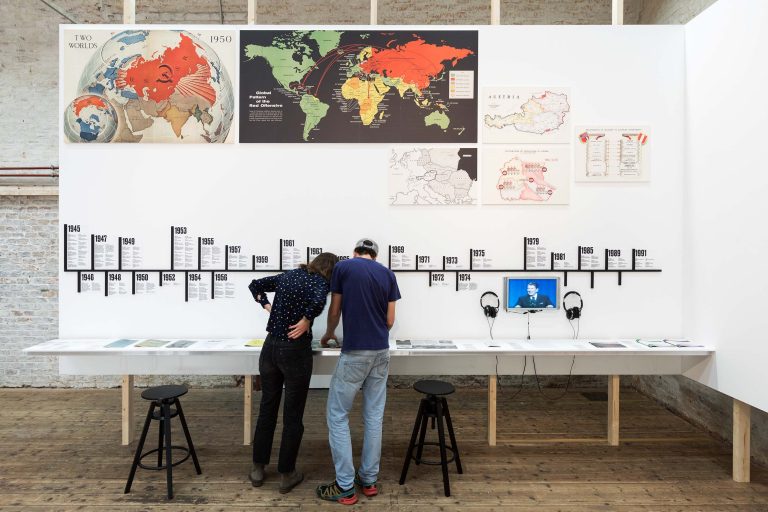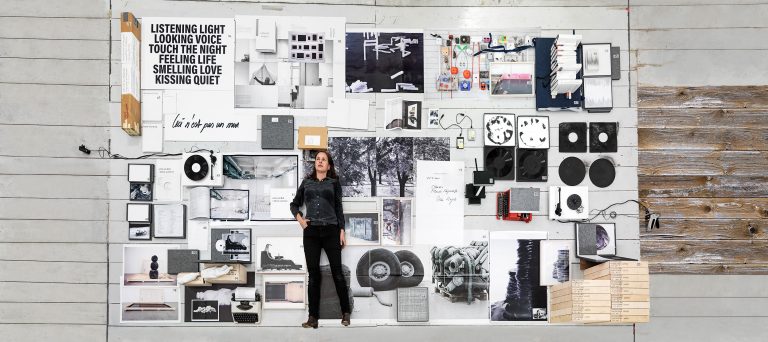Abramović
ALBERTINA MODERN celebrates the pioneer of performance art with a major, strikingly staged solo exhibition. A text by Sabine B. Vogel.

Marina Abramović The Hero, 2001 Einkanalvideo (Schwarz-Weiß, Ton), Vitrine mit Gegenständen aus dem Besitz von Vojin Abramović, Video: 14 Minuten, 21 Sekunden; Gegenstände: variable Maße Courtesy of the Marina Abramović Archives, and Galeria Luciana Brito © Courtesy of the Marina Abramović Archives / Bildrecht, Wien 2025
Ever since her spectacular exhibition “The Artist is Present” at New York’s MOMA in 2010, Marina Abramovic (born in Belgrade in 1946) has been the undisputed queen of performance art: for three months, the artist sat on a chair for hours every day while different visitors took a seat opposite her – wordless, motionless, only making eye contact.
“I have never been able to work without an audience,” she explained in a statement for Kunstforum magazine in 1990, “working in front of an audience awakens my concentration and gives me the strength to transcend my normal human limitations.”

Marina Abramović, Freeing the Voice, 1975 Performance, 3 hours, Studentski kulturni centar (SKC), Belgrad Courtesy of the Marina Abramović Archives © Courtesy of the Marina Abramović Archives / Bildrecht, Wien 2025
In her earlier performances, initially carried out together with her partner Ulay, this aspiration took her to the limits of pain and beyond. Now, many of her groundbreaking performances can be seen at the Albertina Modern in a comprehensive, magnificently staged retrospective that impressively demonstrates not only the greatness but also the enduring relevance of her work.
The exhibition, created in cooperation with the Royal Academy of Arts (London), is designed as a chronological tour—which works perfectly thanks to an unexpected circumstance. Originally, the show was supposed to take place at the BA Kunstforum. The surprise closure in the wake of the Benko bankruptcy made it necessary to find an alternative venue. This allowed curator Bettina Busse to stage the exhibition of Abramovic’s more than fifty years of work in the large ground floor rooms of the Albertina Modern, with large-format projections at its center and four live performances — such as the two naked figures leaving a 40-centimeter-wide gap in a doorway through which visitors must squeeze. First performed in 1977, “Imponderabilia” has lost none of its intensity almost fifty years later.

Ulay / Marina Abramović Imponderabilia, 1977 Performance, 90 minutes, Galleria Comunale d’Arte Moderna, Bologna Courtesy of the Marina Abramović Archives © Ulay/Marina Abramović. Courtesy of the Marina Abramović Archives / Bildrecht, Wien 2025; Foto: Giovanna dal Magro
The historical photographs are also magnificent, bearing witness to Abramovic’s early decision to consistently document her temporary art form. We see photographs from the 1970s, some of which were taken at the Krinzinger Gallery in Innsbruck—it is remarkable that such groundbreaking works were performed in a place so far from the centers of attention! It was Ursula Krinzinger who took Abramovic to Hermann Nitsch in Prinzendorf in 1975, where she participated as an actor—an influence that can be clearly felt in some of her works. Unlike the Viennese Actionists, however, her early works in particular focus on the pain that the artist inflicts on herself or demands of the audience.

Marina Abramović, Lips of Thomas, 1975 Performance, 2 hourse, Galerie Krinzinger, Innsbruck Courtesy of the Marina Abramović Archives © Courtesy of the Marina Abramović Archives / Bildrecht, Wien 2025
Sometimes her consistent relinquishment of all control even brings her to the brink of unconsciousness. Complicity in loss of control, passivity with danger, total exhaustion, testing psychological limits – these aspects permeate her work to this day, albeit less drastically in her current photographs, in which she is photographed in rigid poses. Here, her search for spiritual transformation replaces her earlier transgressions. Some even flash with humor when she puts on an oversized, pointed, bright red energy cap—even while ironing.

Marina Abramović, Four Crosses, 2019 each 550 × 357 × 29 cm, Corian, aluminum, iron, oak with LED panels. Courtesy of the Marina Abramović Archives © Marina Abramović Archives / Bildrecht, Vienna 2025

